Bryce Canyon National Park is a United States National Park in southwestern Utah.
The Bryce Canyon area was settled by Mormon pioneers in the 1850s and was named after Ebenezer Bryce, who homesteaded in the area in 1874.
The area around Bryce Canyon became a National Monument in 1923 and was designated as a National Park in 1928.
It covers an area of 145 square kilometers (56 square miles) or 14,502 hectares (35,835 acres).
Rainbow Point is the highest part of the park at 2,775 meters (9,105 feet) and Yellow Creek is the lowest part of the park at 2,020 meters (6,620 feet).
The major feature of the park is Bryce Canyon, which was not formed from erosion initiated from a central stream, meaning it technically is not a canyon.
Bryce Canyon is a collection of giant natural amphitheaters along the eastern side of the Paunsaugunt Plateau.
A series of amphitheaters extends more than 30 kilometers (20 miles) north-to-south within the park. The largest is Bryce Amphitheater, which is 19 kilometers (12 miles) long, 5 kilometers (3 miles) wide and 240 meters (800 feet) deep.
Bryce Canyon is famous for its worldly unique geology.
The erosional force of frost-wedging and the dissolving power of rainwater have shaped the colorful limestone rock of the Claron Formation into bizarre shapes including slot canyons, windows, fins, and spires called “hoodoos.”
The red, orange, and white colors of the rocks provide spectacular views for park visitors.
The name given to the rock layer that forms hoodoos at Bryce Canyon is the Claron Formation. This layer has several rock types including siltstones and mudstones but is predominantly limestone. Thirty to 40 million years ago this rock was “born” in an ancient lake that covered much of Western Utah. Minerals deposited within different rock types cause hoodoos to have different colors throughout their height.
Hoodoos are up to 60 meters (200 feet) high.
The rim at Bryce Canyon varies from 2,400 to 2,700 meters (8,000 to 9,000 feet).
For millions of years water has carved Bryce’s rugged landscape. In about 50 years the present rim will be cut back another foot (30 centimeters).
There are three life zones in the park based on elevation: spruce/fir forest (highest areas), Ponderosa Pine forest (mid-elevations), and Pinyon Pine/juniper forest (lowest areas).
This diversity of habitat provides for high biodiversity.
More than 400 native plant species live in the park.
The diversity of wildflowers is a sensory palette of colors, sizes, seasonality, pollinators and specific growing needs. Those plants which live in the forest differ from the the plants which flower
in the “breaks”, the pink cliffs of Bryce Canyon.
The forests and meadows of Bryce Canyon provide the habitat to support diverse animal life including foxes, badgers, porcupines, marmots, squirrels, chipmunks, elks, mule deer, black bears, mountain lion, bobcats and coyotes.
About 175 different species of birds have been documented to frequent Bryce Canyon National Park. Most species migrate to warmer regions in winter, although jays, ravens, nuthatches, eagles, and owls stay.
Eleven species of reptiles and four species of amphibians have been found in the park. Reptiles include the Great Basin rattlesnake, short-horned lizard, side-blotched lizard, striped whipsnake, and the tiger salamander.
Forty-five species of butterflies and moths have been identified, so it is very likely that there are over 1,000 different species of insects overall.
Bryce Canyon offers world-class stargazing due to its exceptionally high air quality and long distance from sources of light pollution.
Yearly temperatures vary from an average minimum of −13 °C (9 °F) in January to an average maximum of 28 °C (83 °F) in July, but extreme temperatures can range from −34 to 36 °C (−30 to 97 °F).
Most park visitors sightsee using the scenic drive, which provides access to 13 viewpoints over the amphitheaters.
Bryce Canyon has eight marked and maintained hiking trails that can be hiked in less than a day.
In total there are 80 kilometers (50 miles) of trails in the park.
In 2016, Bryce Canyon received 2,365,110 recreational visitors.
Archaeological surveys of Bryce Canyon National Park and the Paunsaugunt Plateau show that people have been in the area for at least 10,000 years.
It is suspected that throughout history, just as today, most people were just passing through. Bryce Canyon winters are so harsh that even modern year-round habitation is difficult. Yet Paleoindians hunted huge mammals here at the end of the Ice Age.
Then approximately 2,000 years ago, the area became inhabited by the Ancestral Puebloans, or the Anasazi who used the area to harvest pine nuts and also to hunt wildlife.
The Paiute in the area developed a mythology surrounding the hoodoos (pinnacles) in Bryce Canyon. They believed that hoodoos were the Legend People whom the trickster Coyote turned to stone.
At least one older Paiute said his culture called the hoodoos Anka-ku-was-a-wits, which is Paiute for “red painted faces”.
It was not until the late 18th and the early 19th century that the first European Americans explored the remote and hard-to-reach area.
Ebenezer Bryce for whom the park is named constructed a logging road in the Bryce Amphitheater. Local people commonly referred to this road as “Bryce’s Canyon”.
Ebenezer Bryce reportedly described his canyon as a “hell of a place to lose a cow”.

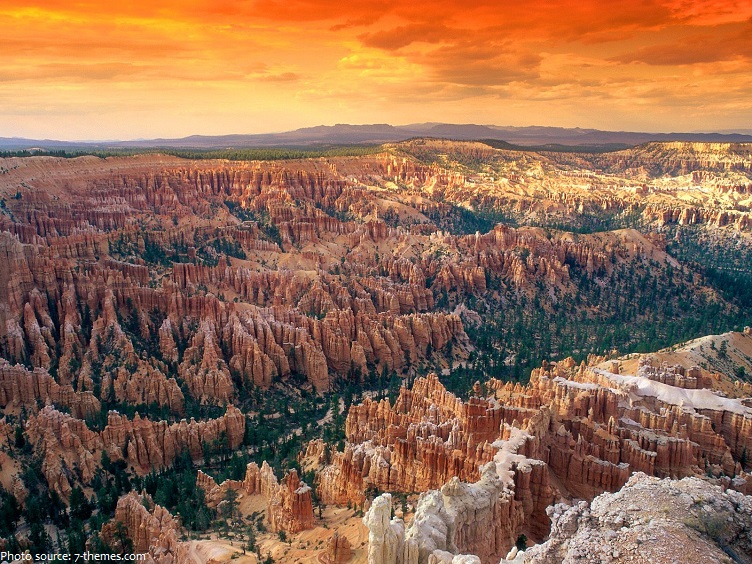
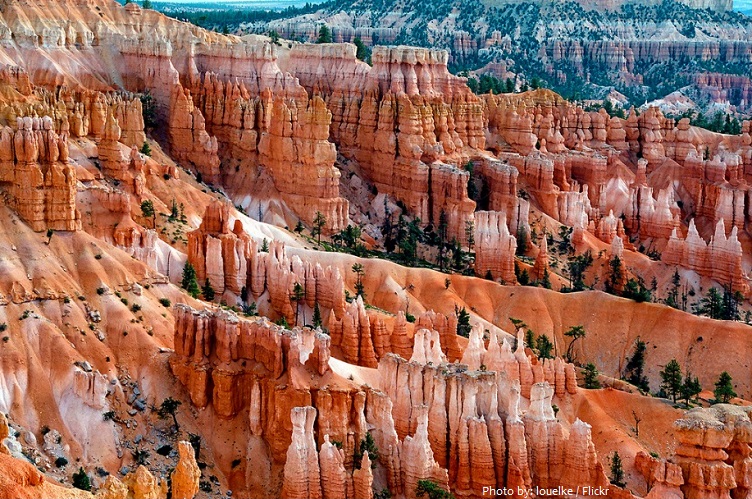
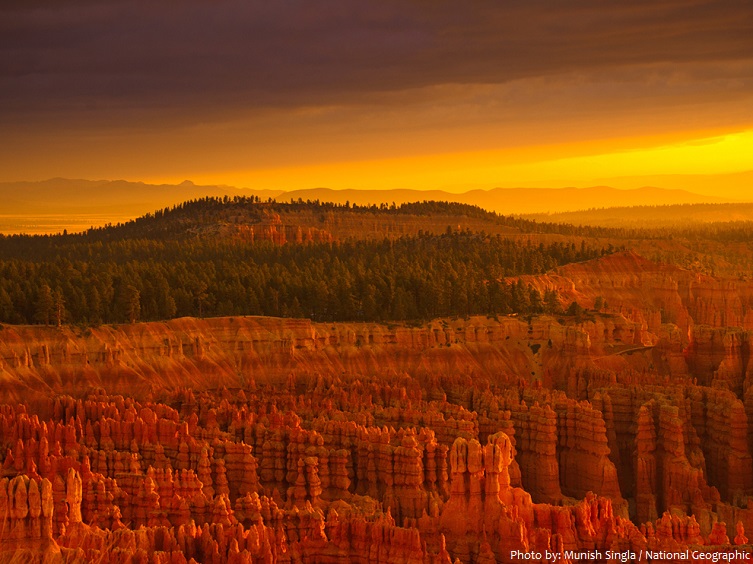
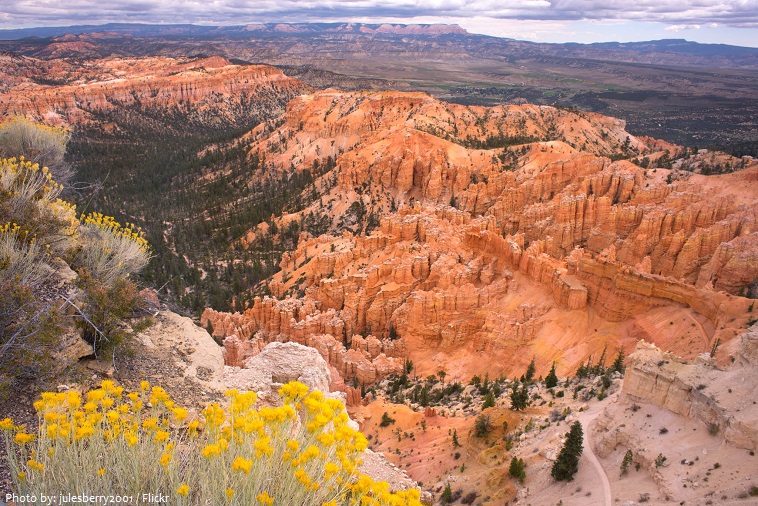
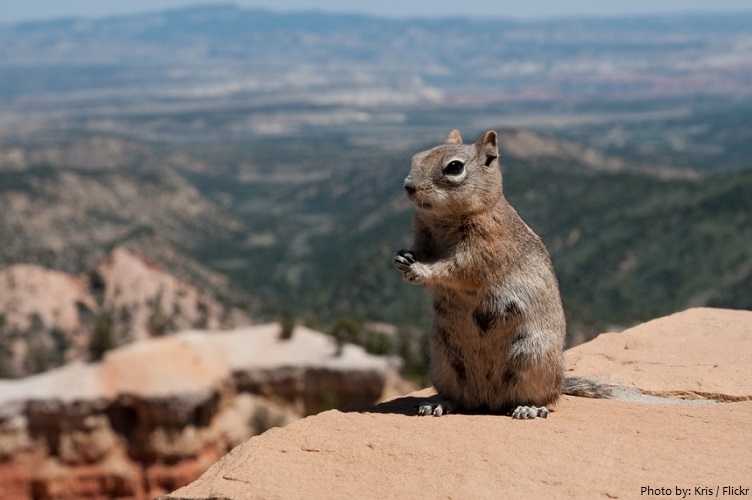
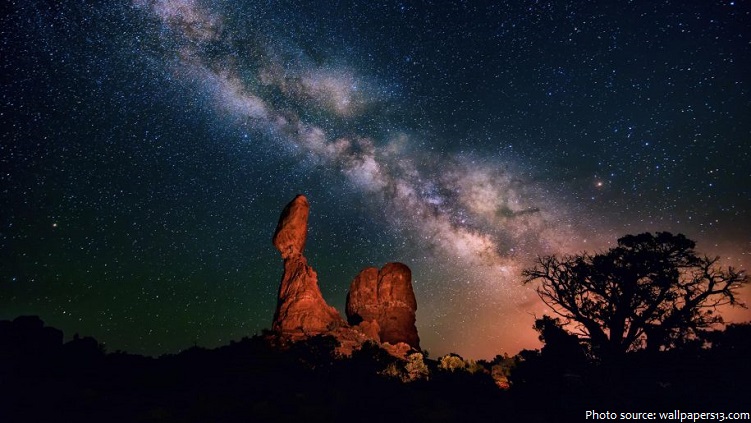
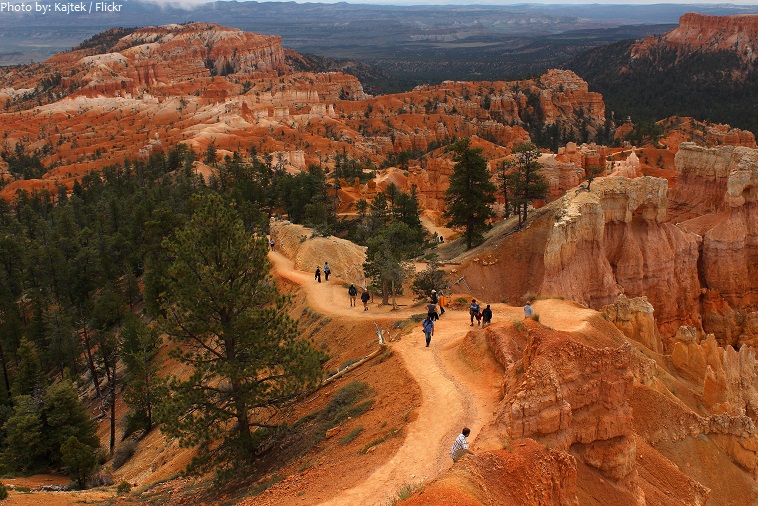
Comments are closed.